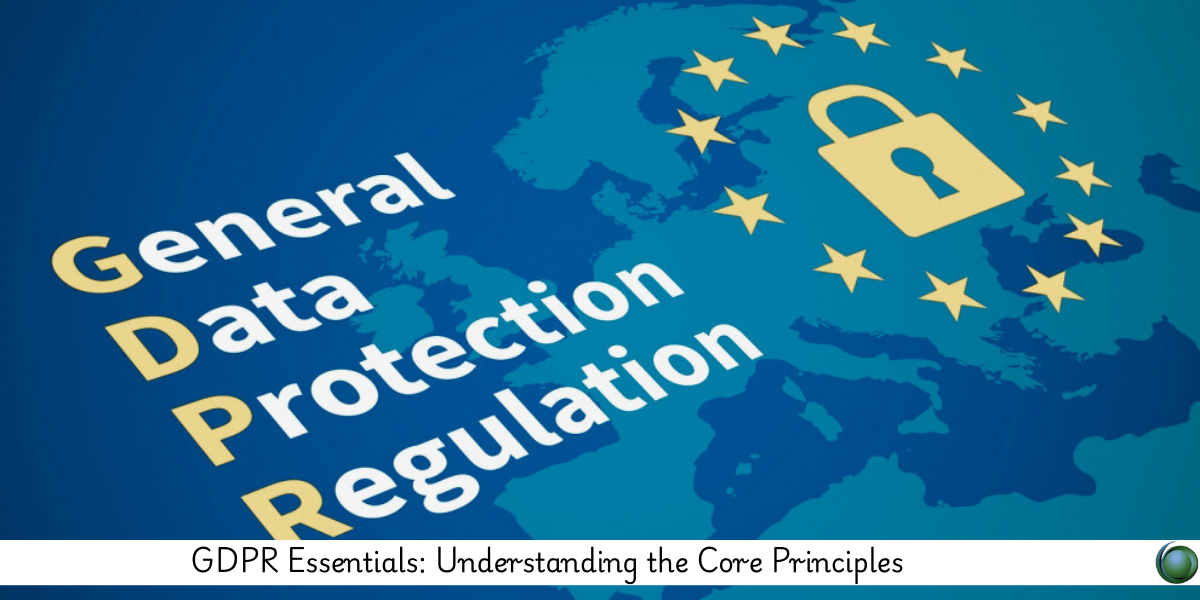Description
Introduction
The General Data Protection Regulation (GDPR) is a landmark in global data privacy and protection. Enforced by the European Union, it shapes how organizations worldwide collect, process, and store personal data. This course offers a foundational yet thorough understanding of the core principles of GDPR, their real-world implications, and how to stay compliant while building trust with users and customers.
Prerequisites
-
Basic understanding of data handling in digital systems
-
Familiarity with IT, legal, or business operations is helpful
-
No prior knowledge of GDPR or legal background required
Table of Contents
1. Introduction to GDPR
1.1 What is GDPR and Why It Matters
1.2 Key Objectives and Scope
1.3 Who Must Comply? (EU & Global Perspective)
1.4 Key Terminologies (Data Controller, Processor, Data Subject)
2. The Seven Core Principles of GDPR
2.1 Lawfulness, Fairness, and Transparency
2.2 Purpose Limitation
2.3 Data Minimization
2.4 Accuracy
2.5 Storage Limitation
2.6 Integrity and Confidentiality (Security)
2.7 Accountability
3. Legal Bases for Processing Personal Data
3.1 Consent and Its Conditions
3.2 Performance of a Contract
3.3 Legal Obligation, Vital Interests, and Public Tasks
3.4 Legitimate Interests and Balancing Tests
4. Data Subjects’ Rights
4.1 Right to Access
4.2 Right to Rectification and Erasure
4.3 Right to Data Portability
4.4 Right to Object and Restriction of Processing
4.5 Automated Decision-Making and Profiling
5. Data Protection by Design and Default
5.1 What It Means in Practice
5.2 Embedding Privacy into Systems and Processes
5.3 Role of Data Protection Impact Assessments (DPIAs)
6. Roles, Responsibilities, and Governance
6.1 Responsibilities of Controllers and Processors
6.2 Role of the Data Protection Officer (DPO)
6.3 Internal Documentation and Record Keeping
6.4 Working with Third Parties and Vendors
7. Data Breaches and Incident Response
7.1 Definition and Types of Data Breaches
7.2 Notification Requirements
7.3 Breach Response Plans and Best Practices
7.4 Fines and Penalties for Non-Compliance
8. Compliance Strategy and Best Practices
8.1 Building a GDPR Compliance Framework
8.2 Training, Awareness, and Cultural Integration
8.3 Tools and Technologies That Support GDPR Compliance
8.4 GDPR Audit and Monitoring
9. International Implications and Future Outlook
9.1 GDPR vs. Other Global Data Privacy Laws (CCPA, etc.)
9.2 Data Transfers Outside the EU (Standard Contractual Clauses, etc.)
9.3 Future Developments in Data Protection Law
Understanding the core principles of GDPR is not just about legal compliance—it’s about demonstrating respect for personal data, fostering trust, and reducing risk. By mastering these essentials, individuals and organizations can confidently navigate the evolving landscape of data privacy, ensuring both operational readiness and ethical responsibility.







Reviews
There are no reviews yet.